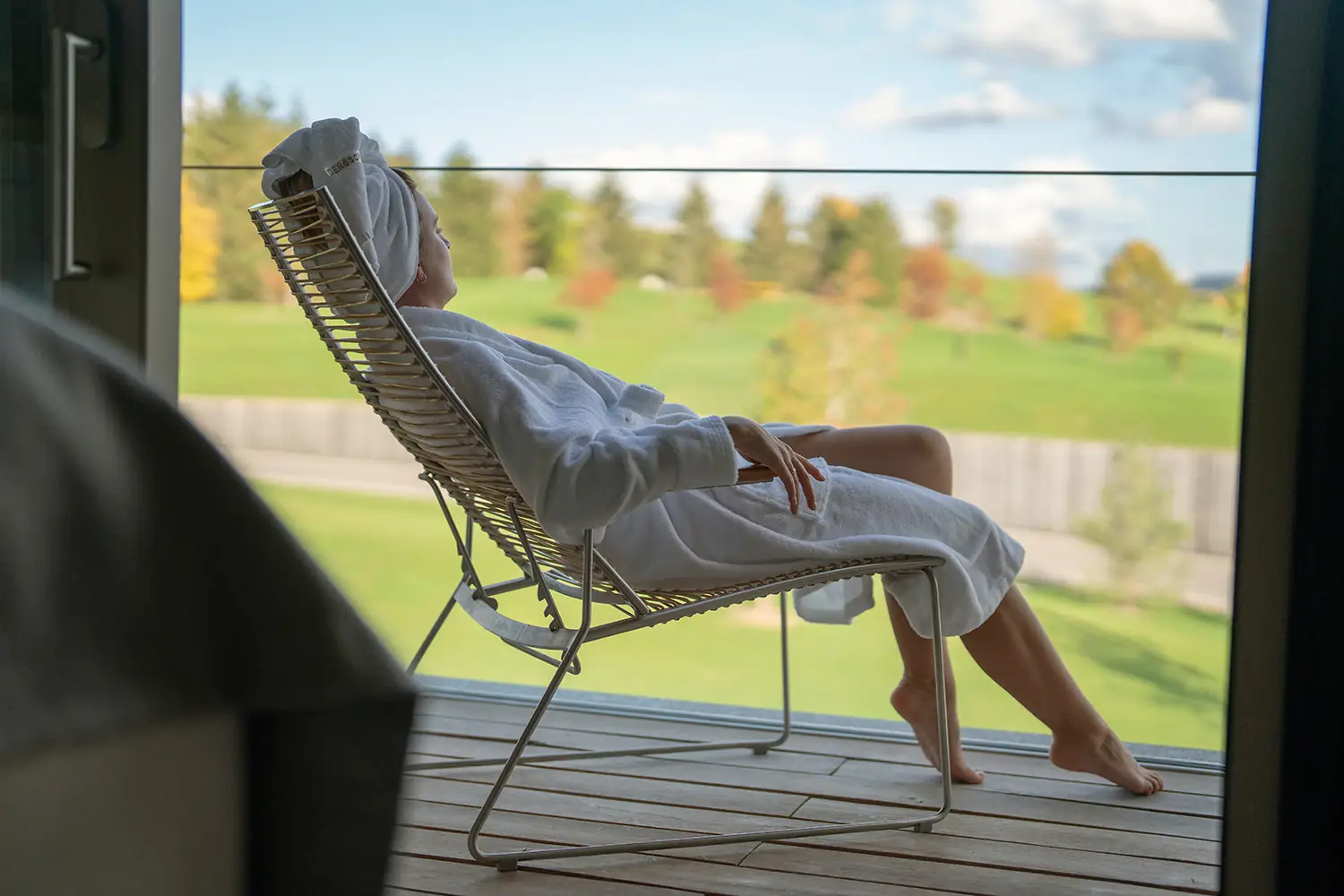The Power of Architecture in Our Day to Day
You don't have time to read? Now you can listen.
Nurturing through architecture is an approach that focuses on creating spaces and environments that promote a human's health, well-being and quality of life through the design and organization of space.
Although not directly related to food, this approach seeks to improve people's quality of life in general, which can indirectly influence good lifestyle habits, serving as a stimulus to create well-being.
The location of the property can facilitate access to fresh food markets, healthy restaurants and areas for physical activities. The inclusion of spaces for physical activities, such as gyms, parks and outdoor leisure areas, can motivate people to exercise regularly, which is directly related to their health.

Photo by Frederik Rosar in Unsplash
Good lighting and ventilation in indoor spaces can affect mood, circadian rhythm — our body's 24-hour cycle of behavior — and quality of sleep, which are elements that can influence good habits and quality of life.
TOTE SER architecture focuses on incorporating natural elements, such as natural light, views of the outside and green spaces, which promote relaxation, reducing stress and promoting an environment conducive to good decisions in life.
Architectural designs that promote the use of bicycles, walking and public transport over the use of cars can encourage a more active and healthier lifestyle. As well as a layout that transmits an expanded perception of space, the choice of colors, textures and materials in interior design, which can create environments that promote calm, relaxation and emotional balance, even indirectly influencing people's good eating habits.

Photo by Toa Heftiba in Unsplash
Examples that we can use are projects in restaurants, food spaces and dining areas. In these cases, the way the space is worked can influence people's gastronomic experience, making it more pleasant and inviting, the same happens in living, working, retail areas, among other uses.
In short, nurturing through architecture involves creating environments that promote people's physical and emotional well-being, which can even indirectly influence their eating habits and general health. The architecture and organization of space can also play an important role in promoting healthy food choices, balanced and successful lifestyles.